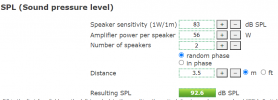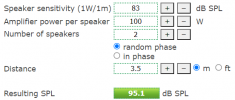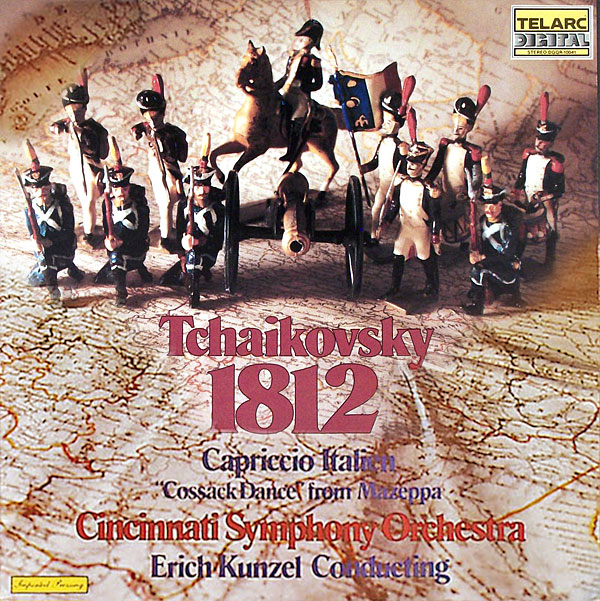This is a review and detailed measurements of the Topping LA90 integrated amplifier. It was sent to me by the company and costs US $800.
View attachment 202305
I must say, this is one interesting industrial design. Everything oozes style despite the diminutive package. This aspect continues in the operation of the unit with the sound of the relays solidly clicking indicating something good is going to happen.

Here is the side view:
View attachment 202306
While quite solid, you can pick it up with one hand. The small size is aided by a massive external switching power supply:
View attachment 202307
Here are its ratings:
View attachment 202309
Back to the unit, you can see three balanced inputs. Volume control can be bypassed although I did not do so for my testing. You can also operate LA90 in bridged mono mode. There is also 12 volt trigger.
There are to gain settings. One at 10 dB and another at 20 dB (nominal).
Topping LA90 Measurements
These are non-bridged mode measurements. Bridged setup follows this section. Let's start with our dashboard of 5 watts into 4 ohm in low gain mode:
View attachment 202314
I don't need to tell you that this is a stunning level of achievement. We have a power amplifier producing almost the same SINAD as a state of the art DAC! Using this number, LA90 grabs the top spot with ease with a nice gap to boot:
View attachment 202315
Here it is zoomed:
View attachment 202319
You might be thinking that it can only do so with low gain but that is not true. Even in high gain performance is spectacular:
View attachment 202317
It would still achieve top spot in our rankings and achieve full audible transparency.
Not only is distortion vanishingly low, so is noise level:
View attachment 202320
View attachment 202321
Frequency response is flat and wide as expected:
View attachment 202323
Being class AB design, it has no load dependency.
Crosstalk is incredibly good although it loses a tiny bit relative to last champ of amplifiers:
View attachment 202324
Multitone test shows the very low distortion levels:
View attachment 202325
Let's see how much power we have:
View attachment 202326
So power is modest in non-bridged mode. But note how good the high gain mode is so I would feel just fine using that for operation of the unit if you need to. Allowing distortion to rise to 1% naturally gets us more power:
View attachment 202328
Here is 8 ohm:
View attachment 202329
Oops. "High Power" should be "High Gain."
Changing frequencies shows the same excellent performance:
View attachment 202331
Despite being pushed deep into clipping, the amplifier did not complain until I got to 20 Hz where its over temperature shut it down.
Finally, you don't need any warm up:
View attachment 202332
Topping LA90 Bridged Mode Performance
A shorting wire is provided to connect the two negative speaker bindings together allowing bridged mode from the top two posts. Here is our dashboard again:
View attachment 202333
Performance is still exceptional. Here is our SNR:
View attachment 202334
Due to more power available now, we cross the amazing 140 dB SNR threshold. What this says is that even if you play at 140 dB, the noise level will be at or below threshold of hearing! Of course there is not enough power there to do that but basically you know that noise is not part of the equation with LA90 as even 5 watt measurement hits below threshold of hearing.
We want to know the power increase though so here it is (with 8 ohm which is the minimum impedance):
View attachment 202335
Now we get good bit of power at 95 watts with almost no penalty relative to non-bridged mode. Notice the massive gap as far as noise floor relative to Purifi amplifier.
Allowing for 1% distortion we get:
View attachment 202336
Here is the super wideband spectrum of the amplifier while producing 5 watts:
View attachment 202338
Edit:
Power Tests at 2 Ohm (Stereo) and 4 Ohm (Bridged)
Requests were made to test the amplifier beyond its minimum load impedance specs. Let's start with 2 ohm load while driving one channel in stereo mode. Dashboard still shows superb performance:
View attachment 202703
Let's now sweep the power:
View attachment 202704
You don't get extra power relative to 4 ohm but the amplifier was stable and did not even go into protection.
Now let's switch to Bridged mode (both amplifiers driven in differential mono) and run our power sweep again:
View attachment 202706
Now we see the amplifier "doubling down" producing nearly 200 watts into 4 ohm. Again, the amplifier was well composed and kept driving into clipping region without complaining, or shutting down.
Again, the above tests are beyond the amplifier specifications and tests I never run as such.
Conclusions
It is clear that Topping engineers are bringing their expertise in designing ultra low noise and distortion in headphone amplification to power amplifiers. As such, they have outdone every amplifier I have measured in that regard, getting ahead to capture the #1 position with a large gap to #2 choice.
The amplifier is not for everyone though. Power level is modest as compared to competitors. And you have that large external power supply. My wish is another version of this amp with built-in power supply, motorized volume control with bridge mode standard. For now, we need to celebrate one of the most important development in delivering transparent, high fidelity amplification to audiophiles in a very attractive package.
It is my absolute pleasure to recommend the Topping LA90. History is made on this day folks!
-----------
As always, questions, comments, recommendations, etc. are welcome.
Any
donations are much appreciated using
: https://www.audiosciencereview.com/forum/index.php?threads/how-to-support-audio-science-review.8150/





 .
.